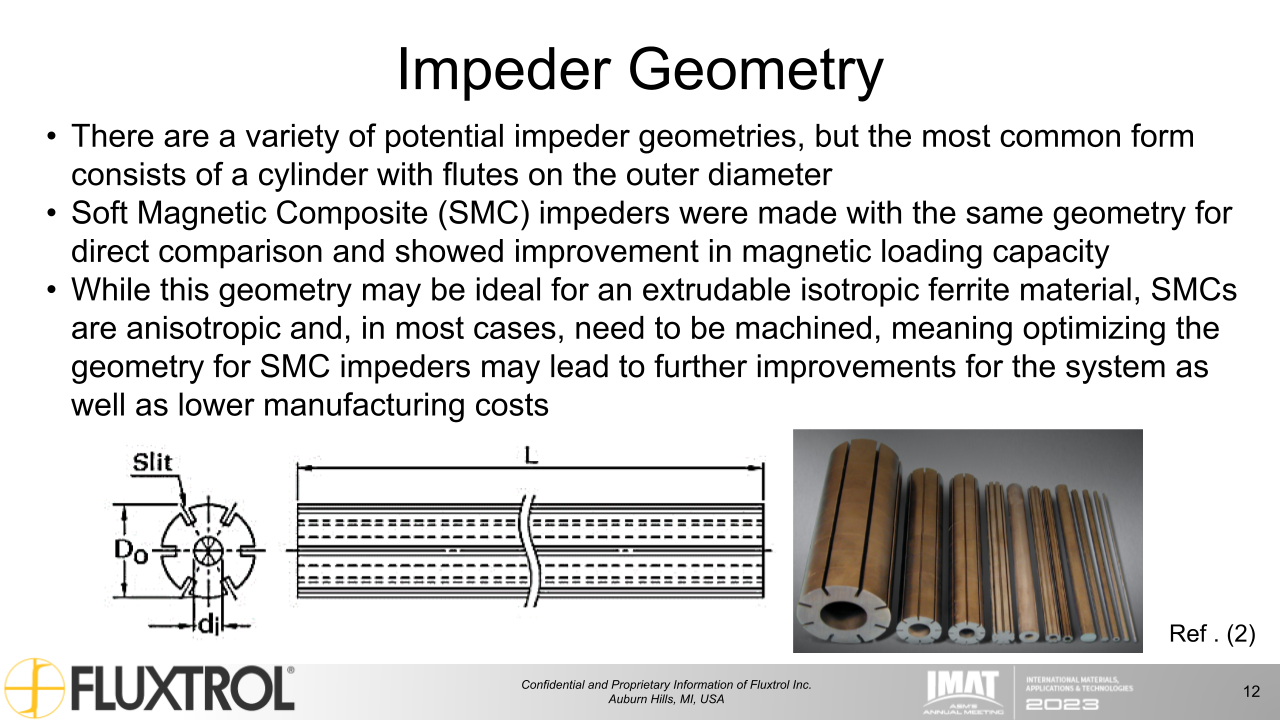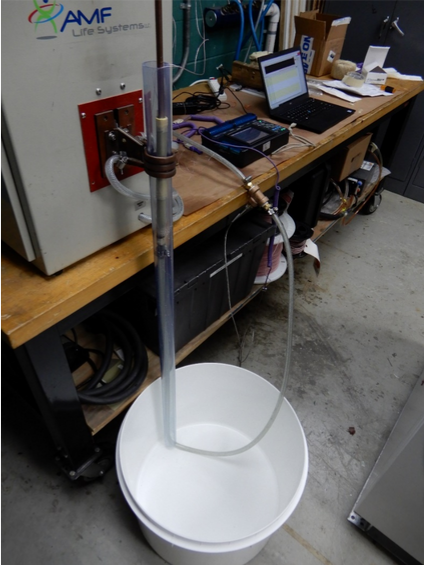





















Authors: Sean M. Muyskens, Robert C. Goldstein
Location/Venue: IMAT 2023 Detroit, Michigan
















[1] Image is taken from UIE book “Induction Heating – Industrial Applications”
[2] Image is taken from EHE US Product Catalog 2018
[3] Image is taken from Tube & Pipe Technology “Optimizing Efficiency in HF Tube Welding Processes”
Our knowledgeable Customer Service team is available during business hours to answer your questions in regard to Fluxtrol product, pricing, ordering and other information. If you have technical questions about induction heating, material properties, our engineering and educational services, please contact our experts by phone, e-mail or mail.
Fluxtrol Inc.
1388 Atlantic Boulevard,
Auburn Hills, MI 48326
Telephone: +1-800-224-5522
Outside USA: 1-248-393-2000
FAX: +1-248-393-0277